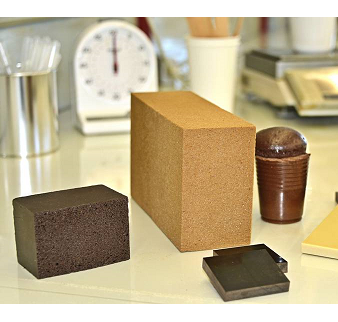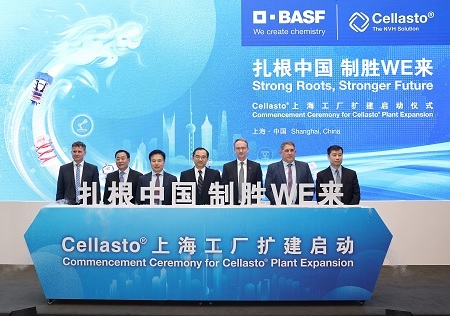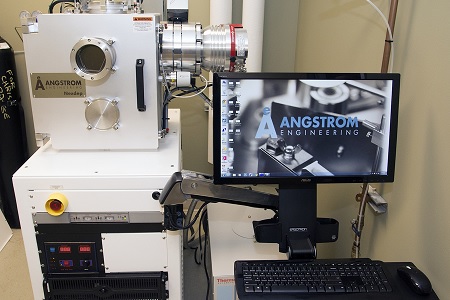
Rampf Studies Use of Lignin in PU Applications
The “Pro Lignin” project, initiated by the German Federal Ministry of Food and Agriculture (BMEL), researched the substitution of fossil raw materials with the industrially available by-product lignin for manufacturing plastics. As part of this project, Rampf Polymer Solutions and Rampf Eco Solutions worked on increasing the proportion of the bioplastic in various polyurethane applications – with success.
Lignin is a natural polymer that is formed in plants and ensures the lignification of fibres. More than 50 million t of lignin are produced annually worldwide as a by-product of paper manufacturing. The vast majority of this is incinerated, even though its heating value is significantly less than that of heating oil. Lignin is also far more valuable as an environmentally friendly component of plastics. The biopolymer has already been used to manufacture products that can compete with 100 % petroleum-based polymer plastics when it comes to tensile, compressive, and flexural strength. The aim of the “Pro Lignin” project was to further drive forward this substitution of fossil raw materials with industrially available by-product lignin.
One part of “Pro Lignin” involved developing lignin-based resins, adhesives, foams, and casting resins. Rampf Polymer Solutions, a developer and producer of reactive plastics systems based on polyurethane, epoxy, and silicone, joined forces with Rampf Eco Solutions, a specialist in chemical solutions for manufacturing alternative polyols using PU and PET by-products. Together, the companies tested a variety of technical lignins in polyurethane soft moulded foams, casting resins, insulating foams, and integral foams.
The characteristics of the lignins were altered using a wide range of modifications and derivations. “During the tests, we determined that the dispersion properties of the lignin and the viscosity of the polyol/lignin mixtures are key to the quality of the end product. We also discovered that only extremely pure lignins without high levels of ash or carbohydrate are suitable for making high-quality polyurethane products,” said Dr. Frank Dürsen, Director of R&D Future and Sustainability at the Rampf Group. “It was only possible to integrate proportions of up to 30 % into a polyol matrix when we used highly pure lignins. Higher lignin proportions are only … .
Read More From The Source














